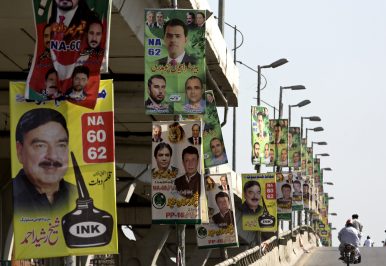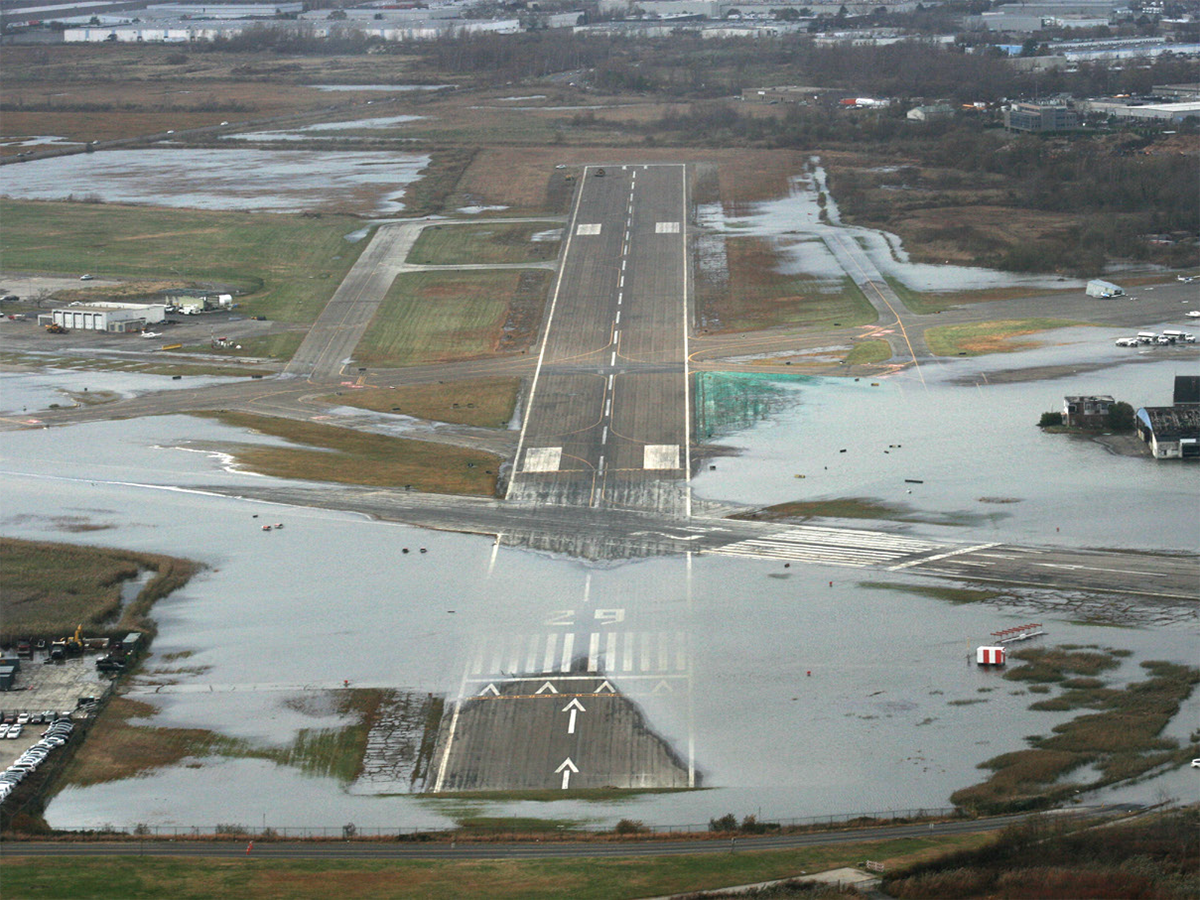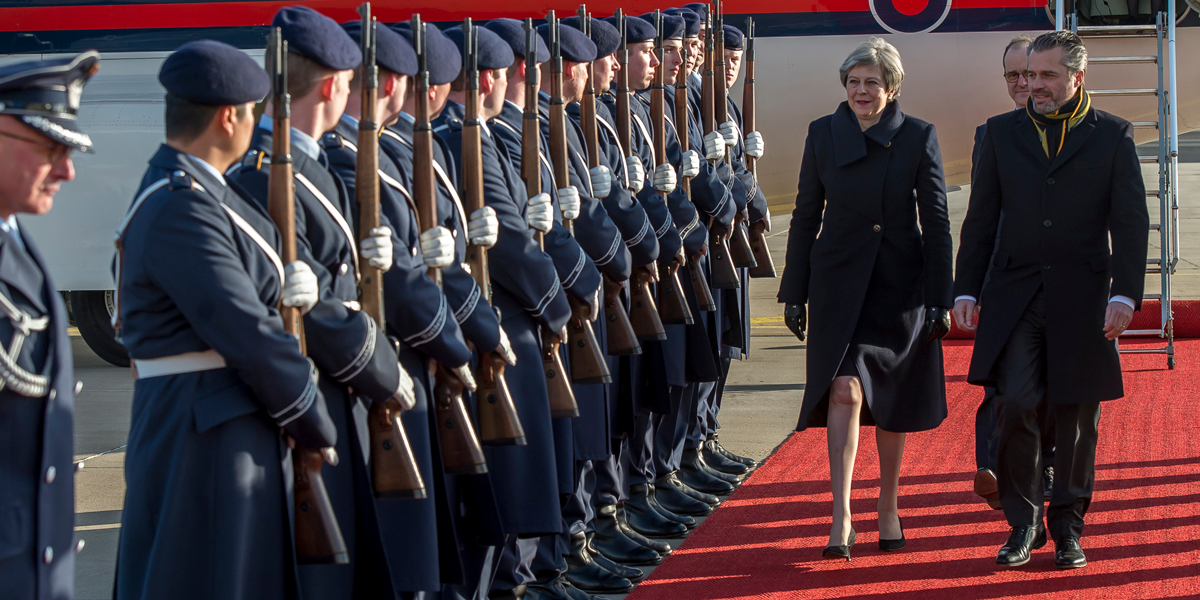BY Neelam Deo
The world order we live in was created in 1944-45, the post-World War II period, to deal with the problems confronting the United States and its Western European allies. That order is crumbling and we have to examine whether the changes work for or against our interests since the earlier construct was designed to maintain western domination. While the changes underway can be disruptive at the micro, sectoral or industry level, at the macro level, they can serve as an opportunity to participate in the shaping of the emerging new order.













